NASA’s Space Secrets EXPOSED: Fruit Flies Are Cracking Deep Space Mysteries
Life in space has always been a fascinating area of study. And with the advent of science and technology, we can see how fast scientists are successfully launching rockets and studying space in depth. Here is one more astonishing space research by Dr. Sharmila Bhattacharya, a space biologist. She is working on how living organisms respond to extremely harsh conditions, just like space environments.
Dr. Sharmila was born in Nigeria but raised in Kolkata and is currently working at NASA’s Ames Research Center in California. Her work on space biology is unique from the regular ongoing research. Her studies have shown rigorous research on fruit flies for more than two and a half decades. She has been working on how these tiny fruit flies drift weightlessly and how the yeast cells behave differently in space-like environments. Her research also focuses on understanding the changes and communication of genetic makeup under microgravity conditions. All these are highly detailed research studies that provide us with inventive information on space travel and help us with further detailed studies.
Dr. Bhattacharya’s work not only uncovers the mysteries of how living organisms thrive in harsh conditions but also provides us with a detailed understanding of different mechanisms by which organisms can adapt and live beyond the Earth’s environment.
Her space journey did not begin with looking at the stars with a telescope. It was from the tiny lab fruit flies. These fruit flies have biological functions similar to human beings. During an experiment, Dr. Bhattacharya has induced the brain-signaling genes from a mammal to a fruit fly. The fruit fly’s neurons did not get affected and were working accurately. They were able to communicate even after having mammal genes. This had laid the foundation for space biology. Dr. Sharmila Bhattacharya discusses using flies, yeast, or rodents in initial experiments. Then we can build human tissue models and later work on astronauts. This simple plan requires years of research.
NASA’s Space Secrets EXPOSED
In 2018, Dr. Bhattacharya and her team at NASA launched an ambitious experiment. The primary goal is to send genetically identical fruit flies to different gravity environments. As a part of the Multi-use Variable-gravity Platform (MVP) Fly 01, the flies were divided into three groups. These groups were:
- Microgravity (true weightlessness)
- Artificial Gravity (emulated via centrifuge)
- Earth’s Gravity (as the control)
The results were astonishing. Brain function was changed radically in microgravity, whereas it was moderately affected by artificial gravity. This indicates that artificial gravity could work as a space countermeasure. Rotating platforms or space centrifuges, the ones that felt sci-fi, can now be a reality. Dr. Bhattacharya’s flies were the first whistleblowers.
The invisible threat beyond gravity is radiation. On Earth, we have the luxury of a magnetic field and a thick atmosphere. But outside the Van Allen belts, it doesn’t exist. Cosmic rays, charged particles from deep space, can slide the human DNA like a cosmic blade. That is why Dr. Bhattacharya turned to yeast for her next big trick.
In 2022, her lab sent a yeast biosatellite on the Artemis I launch as part of NASA’s BioSentinel Mission. It travelled to the Moon and back without a single human onboard. Yeast is tough, versatile, and genetically relatable, making it ideal for this experiment. The aim was to understand how it responds to deep-space radiation, and what that tells us about human risk. The satellite carried onboard sensors that measured metabolic activity in real time.
At the age of 61, Dr. Bhattacharya is leading the Science and Technology Utilisation at NASA Ames. She is not just running experiments. She is the architect behind the design of the future of space biology across the world.
This brings us to Axiom Mission 4. For the first time, India, Hungary, and Poland are collaborating on a mission to the International Space Station (ISS). NASA, Indian Space Research Organisation (ISRO), European Space Agency (ESA), and Axiom Space have joined forces. Dr. Bhattacharya is keeping a close eye on it. Because this cross-continent collaboration is what the next generation of space exploration must look like.
Her former postdoc, Dr. Ravi Kumar Hosamani, is leading an experiment aboard Axiom-4, studying fenugreek and moong dal in space. These are not just lentils. They are the future food for astronauts. Nutritious, compact, and culturally relevant, crops could one day feed humans on Mars.
Dr. Bhattacharya has a clear message that the age of “NASA-only” science is over. Now, there are multiple players like private companies, startups, and foreign governments building space dreams. From SpaceX to Blue Origin, and newcomers like Varda and Vast, the doors to the cosmos are open for everyone.
She talks about the struggle of waiting years between fighting experiments and the modern-day advancement. She also sees AI and machine learning as an integral part of deep space missions. Imagine an AI system that can track astronauts’ vitals, analyze DNA damage, and adapt diet and medication all automatically. This is not a sci-fi. This is the future Dr. Bhattacharya is helping to build. She says that life in space may not be as we expected. She believes that advanced biosensors and human intuition will help us look beyond to understand.
In this successful journey of Dr. Bhattacharya, the most fascinating part is how deeply she values education and mentorship. She often credits her school teacher, Leela Choudhury, for her early love of biology. And now she is returning the favor by mentoring young scientists who are breaking into orbit.
Her golden advice to all the young minds is to stay curious, trust their instincts, and not be hard on themselves. In the world of automation and AI, this reminder feels grounding and vital.
For Dr. Sharmila Bhattacharya, space is not a cold, lifeless void but a lab filled with living opportunities, mysteries, and challenges. She does not work for rewards or headlines. She works for her love of science. Maybe that’s the secret of exploring the cosmos. Not rockets or robots, but the curious people.
NASA’s Space Secrets EXPOSED


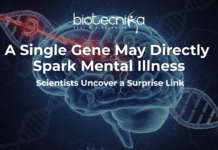


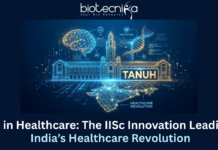
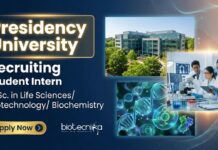
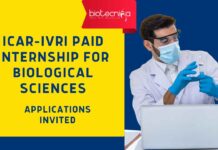
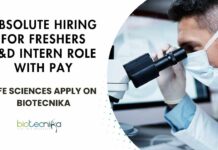


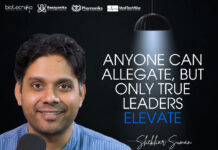


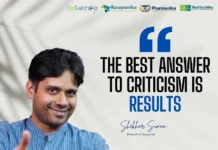
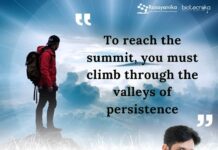
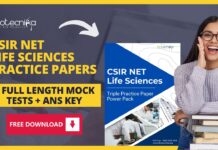

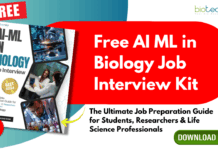

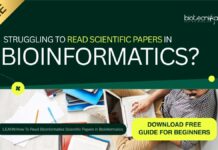
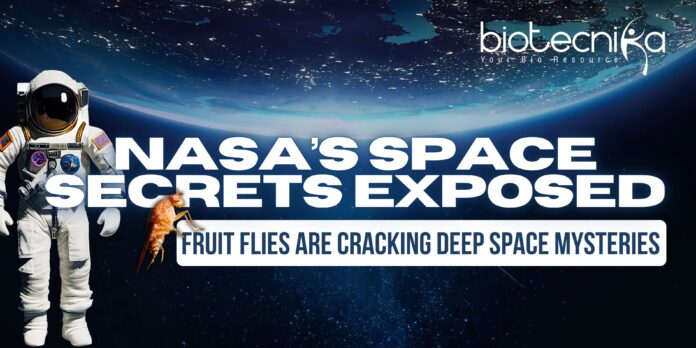

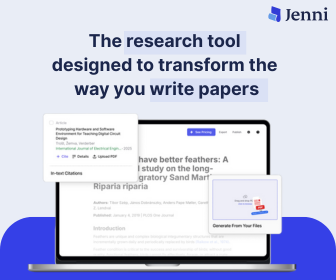
This is not a recent work, much more is work is done in her laboratory as I read her lab work 3-4 years back which I read as new breakthrough today. To my surprise coming so late.